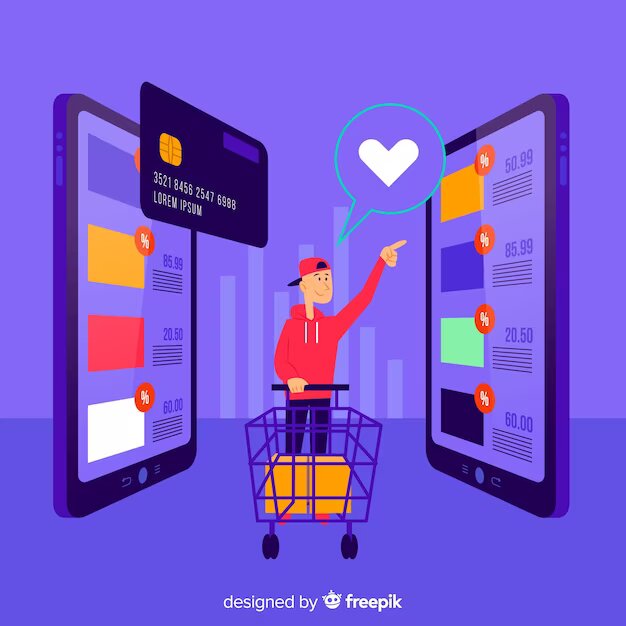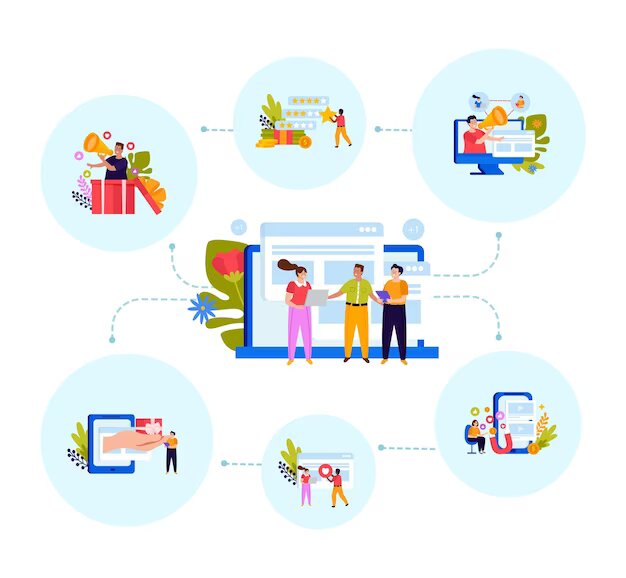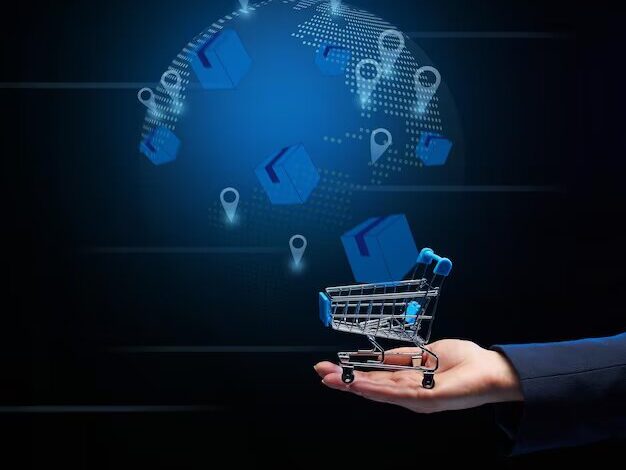Let us dug deep into one of the essential part of retail brand’s Revenue Growth Management(RGM) strategy, which is, impulse purchases. Every brand entails various strategies to lure customers into his/her self- driven impulses. Impulse purchases refer to buying decisions made by consumers on the spur of the moment, without much prior planning or consideration. These purchases are often driven by emotions, desires, or immediate needs rather than careful analysis of the product’s value or necessity. Impulse buying can happen both online and in physical retail environments, and it’s a common phenomenon that has significant implications for businesses and consumers alike.
Have you seen the enticing display of gums and candies at the billing counter? Wondered why is it always placed near the billing counter and not somewhere else in the store? Let me answer that for you- It is one of the few tactics which triggers the emotion ‘can’t help myself’ and thus, many customers are attracted towards buying candies or gums.

These are tried and tested tactics which bound the customer to succumb to their impulse. But, recent rise in prices may have affected these methods as customers often gives a second thought before buying anything. Customers think twice before giving up on their impulses as ‘whether they really need that product or not?’
Let us discuss in detail the characteristics and impact of impulse purchases on brands and customers.
Characteristics of Impulse Purchases:-
1.Spontaneity: Impulse purchases are unplanned and occur spontaneously, often triggered by seeing a product or encountering a deal. These purchases are mostly driven by instant emotion or desire.
2.Emotional Decision-Making: Emotions play a significant role in impulse buying. Consumers might be influenced by excitement, curiosity, desire, or even boredom.

3.Limited Consideration: Impulse buyers may not thoroughly evaluate the product’s features, price, or whether they really need it before making the purchase.
4.Low-Involvement Products: Impulse buying is more common for low-involvement products like snacks, small accessories, or items with a lower price point.
5.Location Matters: Physical retail environments often encourage impulse purchases through strategic product placement near checkout counters or in high-traffic areas.
6.Online Triggers: Online shopping platforms use tactics like limited-time offers, recommended products, and one-click purchasing to trigger impulse buys.
Factors Influencing Impulse Purchases:–
1.Visual Appeal: Attractive packaging, product displays, and vibrant colors can catch consumers’ attention and trigger impulse buying. We all know, attractive things are loved by all, be it children, adults or old people. Therefore, well organized and eye- catching displays seems to work well in order to capitalize on consumers’ spontaneous buying behavior and drive additional sales.
2.Promotions and Discounts: Special offers, sales, and discounts can create a sense of urgency that prompts consumers to make quick decisions. It gets the attention of many people which is an additional benefit for the brands to drive sales as well as their promotions.

3.Novelty: New or unique products that consumers haven’t seen before can spark curiosity and trigger impulse buying. This is one more effective way to encourage impulse purchase.
4.Social Influence: Seeing others make a purchase or receiving recommendations from friends or influencers can encourage impulse buying. Being a social creature, we all do know how socially driven we are. Thus, sometimes peer pressure and social influence encourage impulse puchaces.
5.Immediate Gratification: The desire for instant satisfaction and the fear of missing out (FOMO) can lead to impulse purchases.
6.Emotional State: Emotional highs or lows can influence buying decisions. Stress, happiness, and boredom can all contribute to impulsive buying behavior. I bet, each and every one of you have gone through this phase, where either you are emotionally driven or are made to, either by seeing you cute child’s tears or your girlfriend or wife’s puppy face.
7.Trial or Sample Offers: Offering free samples or trial sizes of products can encourage consumers to try something new. If they like the sample, they’re more likely to make a spontaneous purchase. No one will accept it, but yes, everybody likes to try out things for free!! Thus, triggering this emotion, brands can drive their sales and earn more and more profit.
8.Influencer Endorsements: Its digital age!! And we all are greatly influenced with what we see in social media. Partnering with influencers who align with the brand’s target audience can drive impulse purchases. Influencers’ endorsements can create a sense of trust and excitement.
9.One-Click Purchasing: As I said earlier, digitalization has made us a little lazier! Online retailers use one-click purchasing options to simplify the checkout process. This reduces friction and increases the chances of a quick purchase.
10.Product Bundling: Bundling related items together at a slightly discounted price can persuade consumers to buy more items than they initially intended. This is also an effective and interesting tactics applied by many brands to increase their sales.
11.Personalized Recommendations: Online retailers use algorithms to suggest products based on consumers’ browsing and purchasing history. These recommendations capitalize on consumers’ interests and preferences.
12.Social Proof: Displaying reviews, ratings, and testimonials from satisfied customers can create a sense of trust and validation, encouraging consumers to make quick decisions. This way brands can also gain customer’s trust which is quite essential for a business to flourish.
Impact on Businesses:–
1.Increased Sales: Impulse purchases can significantly boost a business’s sales, especially for items with higher profit margins.
2.Strategic Placement: Retailers use strategic placement of products and promotional displays to encourage impulse buying, increasing the likelihood of additional sales.
3.Product Diversity: Offering a variety of low-price, easily accessible products encourages more frequent and impulsive purchases.
4.Seasonal and Trendy Products: Businesses can leverage seasonal trends and limited-time products to entice customers into making impulsive purchases.
Impact on Consumers:–
1.Spending Patterns: Impulse buying can lead to overspending and contribute to a higher overall expenditure. And with increasing inflation, overspending is something not every customer would want.
2.Regret and Buyer’s Remorse: Consumers may experience post-purchase regret if they later realize they didn’t need the item. This will incur a tinge of guilt in them, and will be careful in spending their hard earned money, next time.

3.Clutter: Frequent impulse purchases can lead to accumulating items that aren’t really needed, contributing to clutter. And no one wants to look their home a bit messy one!
In conclusion, impulse purchases are a significant aspect of consumer behavior that both businesses and consumers need to be aware of. Businesses use various strategies to encourage impulse buying.


